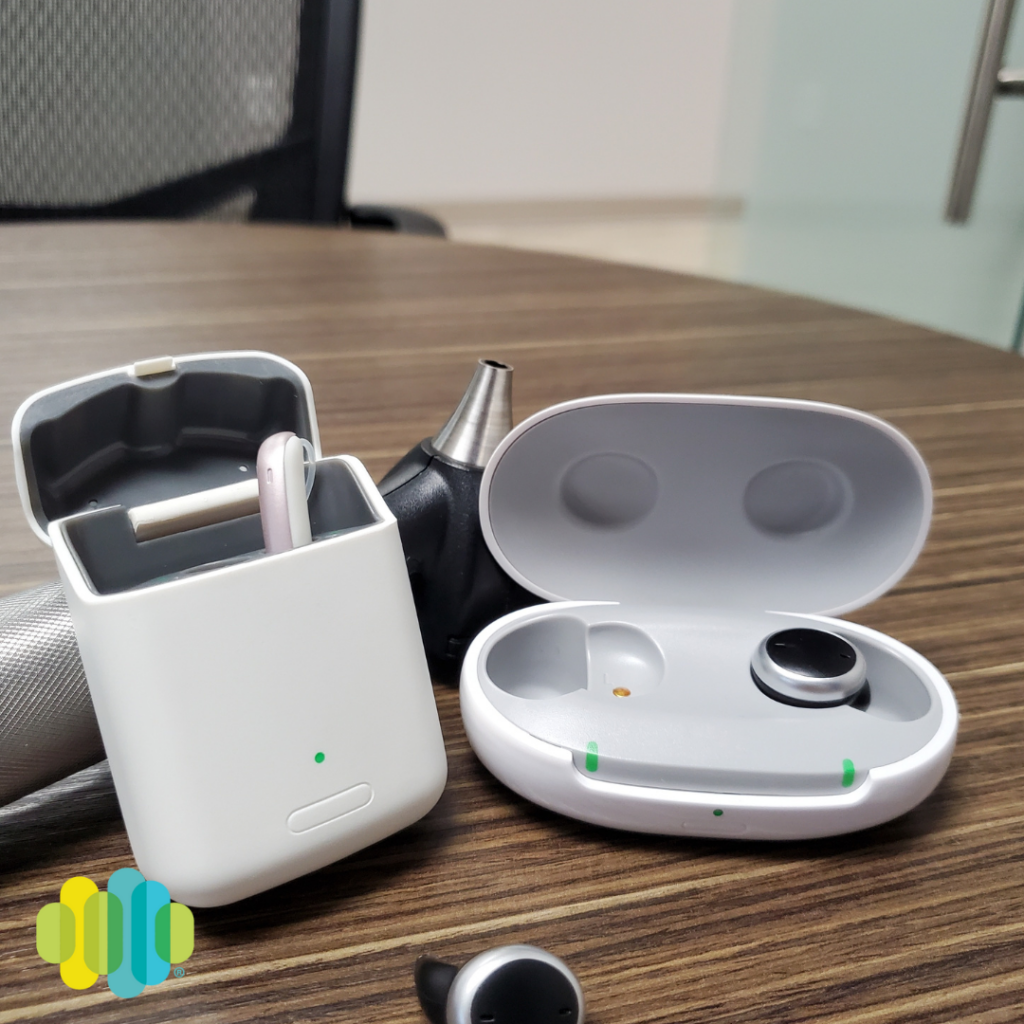If a person’s hearing feels light on the hear and heavy on the ring, they may have an issue with tinnitus. Tinnitus is a symptom rather than a disease, with many possible causes like excess sound exposure, head injury, ageing etc.

More generally, however, tinnitus is brought on by a lack of balance between afferent and efferent information. Basically, the cochlea is a two-way street, and when there is missing harmony between the input and output from the brain to the ears, the brain turns up the gain – thus creating the ringing sensation.
While there is no current cure for tinnitus, we’ve compiled a list of the most advanced and effective treatment plans.
Get down with the omnipresent sound and use a white noise machine
If the ears were a messy closet and the patient were your in-laws, a white noise machine would be the door – essentially assuring the subject that there’s nothing to hear here. The device sits in the patient’s vicinity and produces a calm, static sound to help eliminate the appearance of symptoms. White noise machines can come in many forms, like a stand-alone plug-in or a pillow with speakers. If the patient struggles with the quality or frequency of their sleep, the pillow may be the ideal remedy.
Pro-tip: For patients on a tighter budget, fans, humidifiers, dehumidifiers, and air conditioners can achieve a similar effect.
Masking devices – call them (rep)airpods
Similar to a hearing aid, a masking device sits on or in the ear and produces a continuous low-level white noise. This treatment calms the patient’s fixation on the ringing noise and subsequently suppresses the tinnitus symptoms.
Silence (of) the jams with Cognitive Behavioural Therapy
Coming in strong as the only treatment to show definite success, Cognitive Behavioural Therapy (CBT) can help improve the quality of life for those with tinnitus, especially in more severe cases. This treatment is performed by a licensed mental health professional or psychologist that guides the patient through coping techniques, subsequently minimizing the pain points.
Tinnitus is linked to anxiety, depression, insomnia, hyperacusis (a reduced tolerance for sound), concentration difficulty, and in extreme cases, suicide. Drawing the connection between the mental and physical effects, these professionals provide the ideal support. In addition, they can offer CBT through individual or group sessions and through different mediums (online or in person) to help mediate and resolve implications from the mental health component.
Tinnitus Retraining Therapy – don’t tell Pavlov’s dogs
Despite the evolution in these treatment plans, currently, there is no objective indicator that can make a tinnitus diagnosis clear and absolute. The origins of each patient’s treatment relies on personal assessments from the doctors and patients (like analysing medical history, audiometric tests, detailed tinnitus inquiry, etc.) and, as such, may make Tinnitus Retraining Therapy (TRT) the preferred treatment plan.
TRT combines counselling with a masking device, remixing the previously mentioned treatment plans to best suit the patient in a tailored, individualized way. A trained professional will have the patient wear an in-ear masking device to help conceal the tinnitus symptoms while talking the patient through and around the persisting symptoms, redirecting their attention away to build habits that lessen the appearance of ringing.
Hear yee hear yee
When Phantom of the Opera feels less like a musical and more like a lifestyle, these treatment plans offer the most documented success to date. Audiologists and Hearing Instrument Practitioners’ ability to provide proper guidance to patients has the power to make a significant difference in their quality of life. Tinnitus treatment is mainly about reducing anxiety and irritation, so staying confident and informed through AHIP’s dissemination can be the first step in the right direction for your patient.
AHIP is not and shall not be liable for any of the views expressed by the authors or advertisers on the Signal Blogs. The authors’ opinions and the advertisers’ content do not necessarily reflect AHIP’s views.



